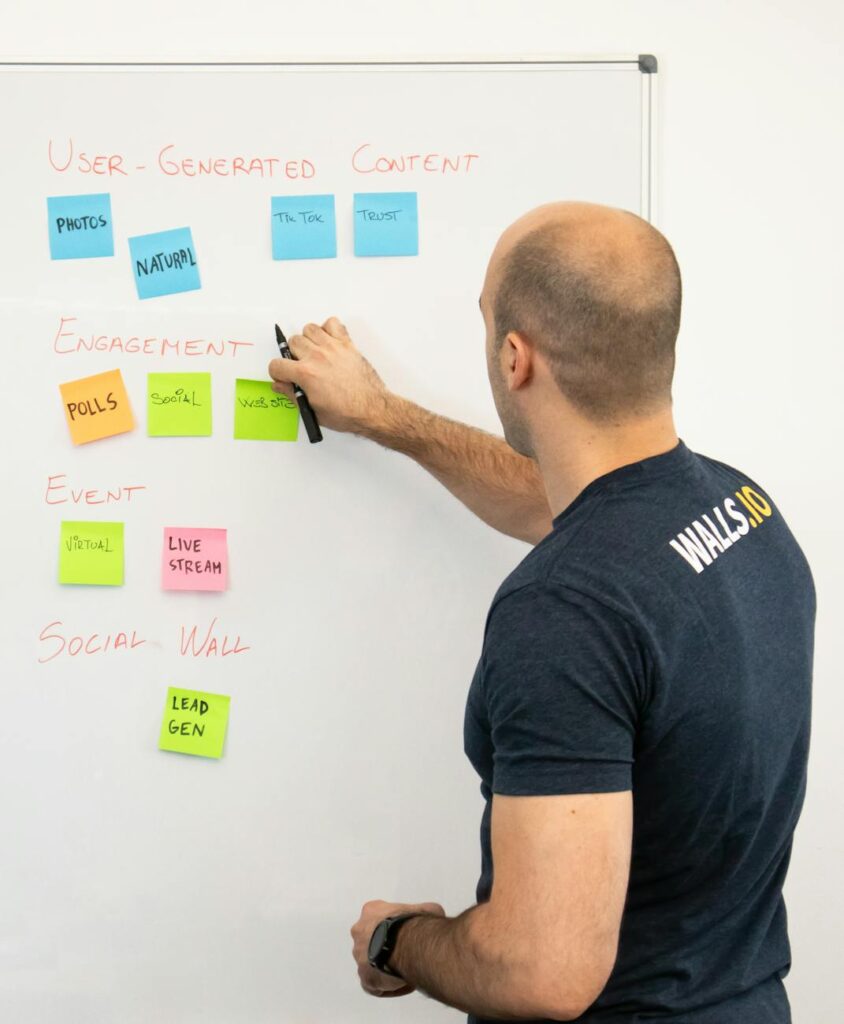What is strategies for sustainable productivity?

What is strategies for sustainable productivity?
In today’s fast-paced world, maintaining productivity isn’t just about getting things done; it’s about doing so sustainably. Sustainable productivity combines efficiency with well-being, ensuring that we don’t burn out while achieving our goals. Let’s explore the strategies for sustainable productivity that can help you enhance your efficiency without sacrificing your mental health or personal life.
Understanding Sustainable Productivity
Sustainable productivity refers to the ability to maintain high levels of performance over the long term. It means achieving results while ensuring that resources—such as time, energy, and even the environment—are not depleted. The concept emphasizes a balance between productivity and well-being.
The Concept of Sustainability in Productivity
Sustainability in productivity encompasses three main dimensions: ecological, economic, and social. Ecological sustainability involves minimizing our environmental impact, while economic sustainability focuses on long-term financial viability. Social sustainability pertains to maintaining a healthy work culture and ensuring employee well-being. These dimensions work together to create a balanced approach to productivity.
The Importance of Work-Life Balance
Achieving sustainable productivity hinges on maintaining a healthy work-life balance. When your personal life and work responsibilities are in harmony, you’re less likely to experience burnout. Studies have shown that employees with a good work-life balance are more productive, take fewer sick days, and have higher job satisfaction. For more insights, check out the importance of work-life balance.
Key Strategies for Sustainable Productivity
Implementing effective strategies can significantly enhance your sustainable productivity. Here are some actionable techniques you can apply:
Time Management Techniques
Effective time management is at the heart of sustainable productivity. Techniques such as the Pomodoro Technique, which involves working for 25 minutes followed by a 5-minute break, can help maintain focus without overwhelming yourself. Time blocking, where you dedicate specific blocks of time to tasks, can also enhance your efficiency. Prioritizing tasks using methods like the Eisenhower Matrix can ensure that you focus on what truly matters.
Mindfulness and Mental Well-being
Mindfulness practices, such as meditation and mindfulness-based stress reduction, can significantly enhance focus and productivity. These practices help reduce anxiety and improve concentration by allowing you to stay present in the moment. Incorporating short mindfulness sessions into your daily routine can lead to a more productive mindset.
Setting Realistic Goals
Setting SMART goals—Specific, Measurable, Achievable, Relevant, and Time-bound—ensures that you have clear objectives to work towards. Adjusting your goals when necessary can prevent feelings of overwhelm and help you avoid burnout. Remember, it’s better to make gradual progress than to push yourself too hard.
Leverage Technology Wisely
In our digital age, technology can either aid or hinder productivity. Utilize apps and tools that promote productivity while encouraging balance. Tools like Trello for task management and Forest for focus can be beneficial. However, be cautious of distractions from social media and unnecessary notifications that can disrupt your focus.
Continuous Learning and Adaptation
Embracing a mindset of continuous learning can enhance your productivity. Be open to trying new strategies and adapting your approach based on what works for you. Regularly assess your productivity techniques, and don’t hesitate to modify them as necessary. This flexibility will help you stay aligned with your goals.
Implementing Strategies for Long-Term Success
Incorporating these strategies into your daily routine is essential for long-term sustainability.
Creating a Productive Environment
Your physical and digital workspace plays a significant role in your productivity. Optimize your workspace by minimizing clutter and ensuring it is conducive to focus. For digital spaces, organizing files and using productivity tools can help streamline your workflow.

Photo by Walls.io
Tracking Progress and Reflecting
Keeping a record of your productivity can provide valuable insights into what works and what doesn’t. Regular reflection on your progress allows you to celebrate achievements and identify areas for improvement. You may find that certain strategies yield better results, enabling you to refine your approach over time.
Conclusion
Adopting strategies for sustainable productivity is crucial in today’s demanding world. By focusing on time management, mindfulness, realistic goal-setting, wise use of technology, and continuous learning, you can ensure long-term success without sacrificing your well-being. Experiment with these techniques and find what best suits your needs. Remember, sustainable productivity is about achieving balance and enjoying the journey. For more insights on boosting sustainable productivity, consider exploring this resource.